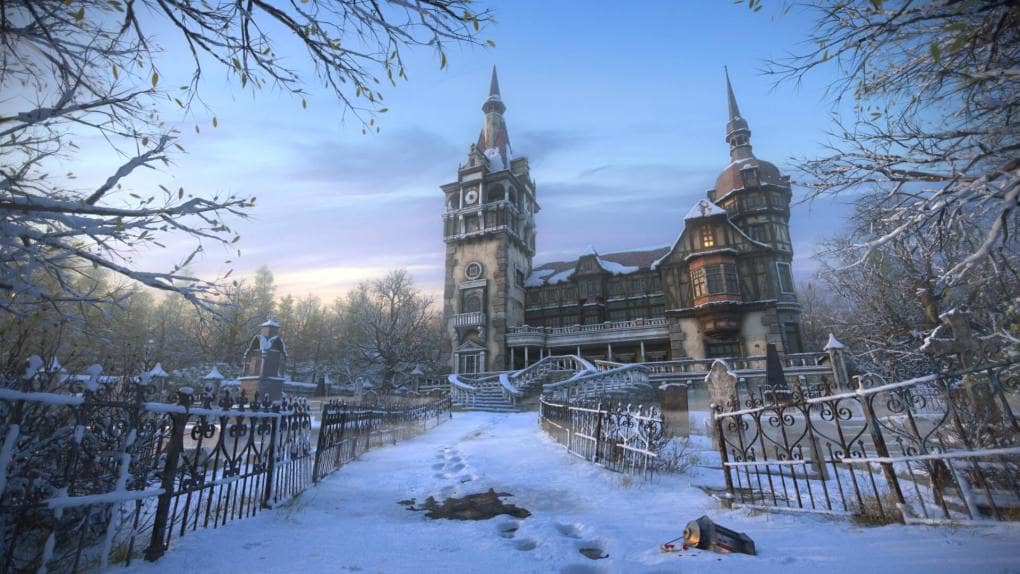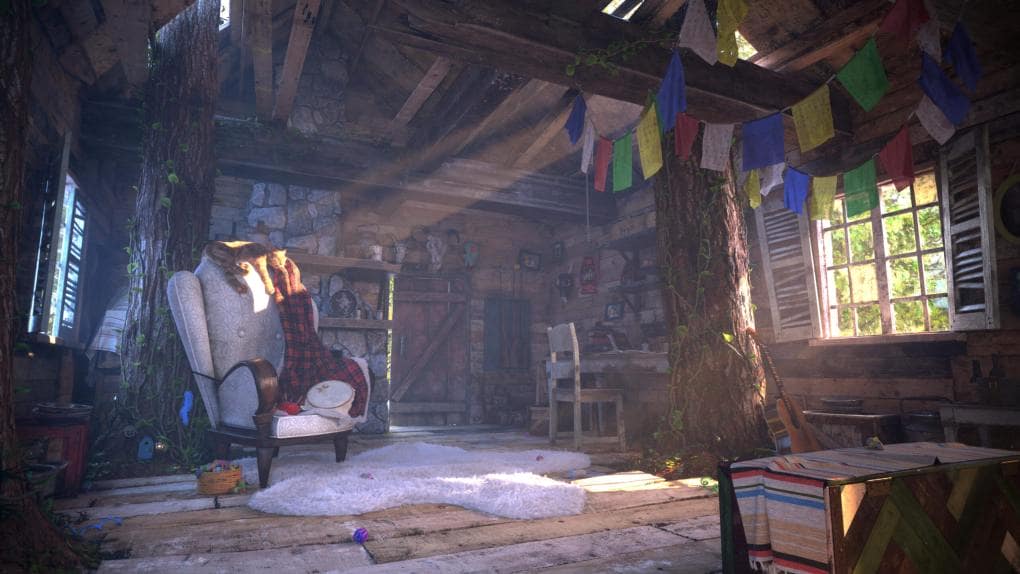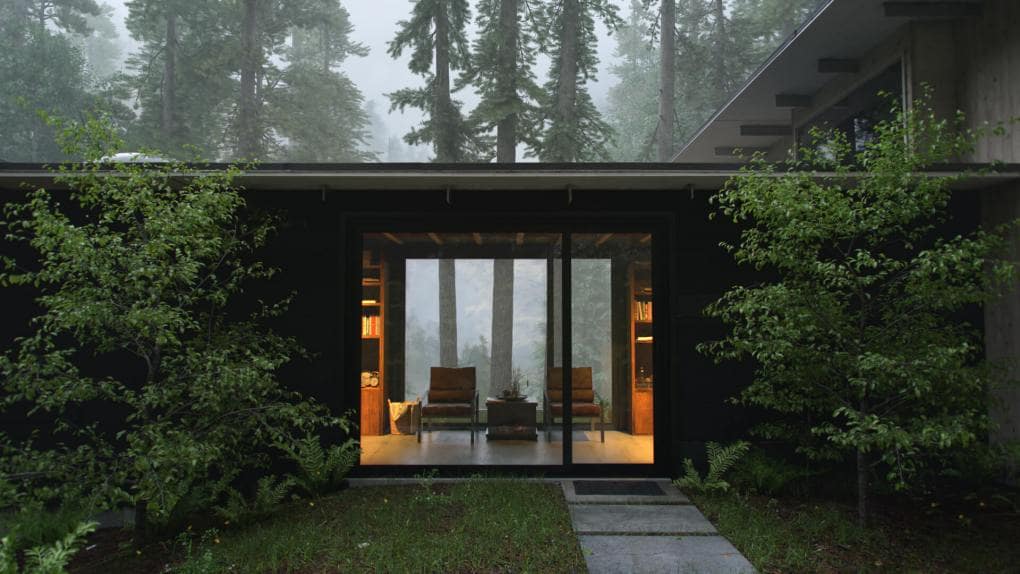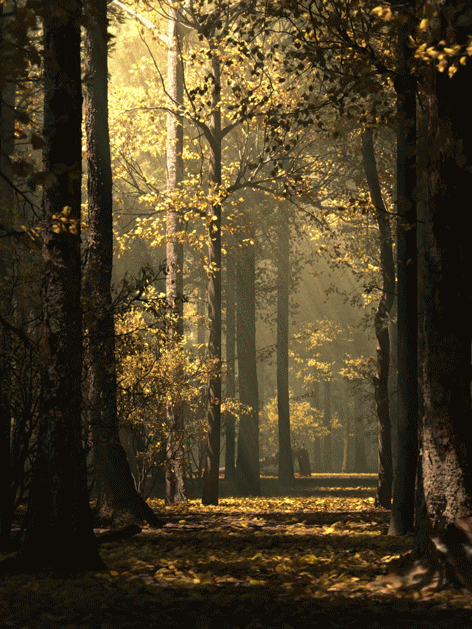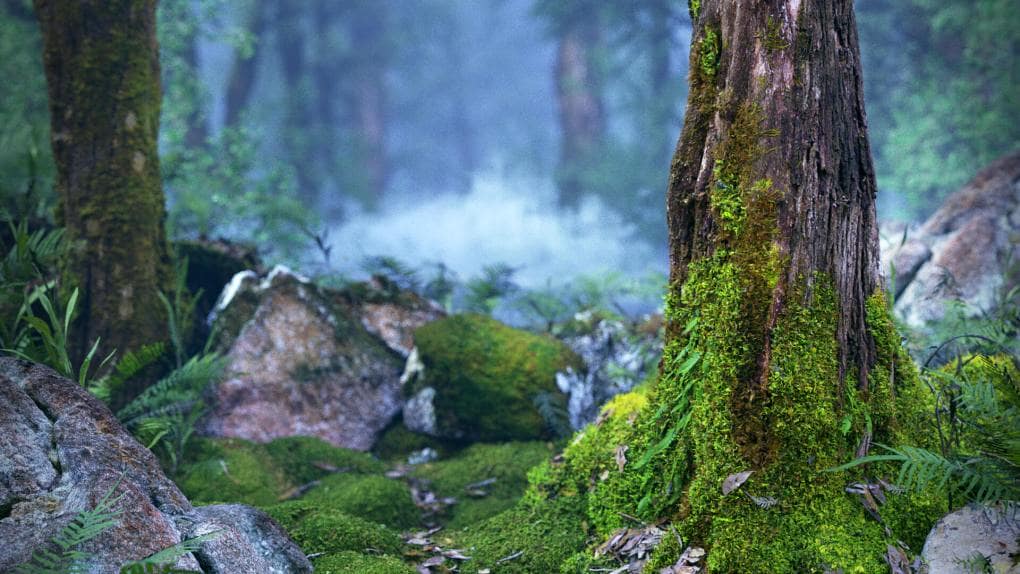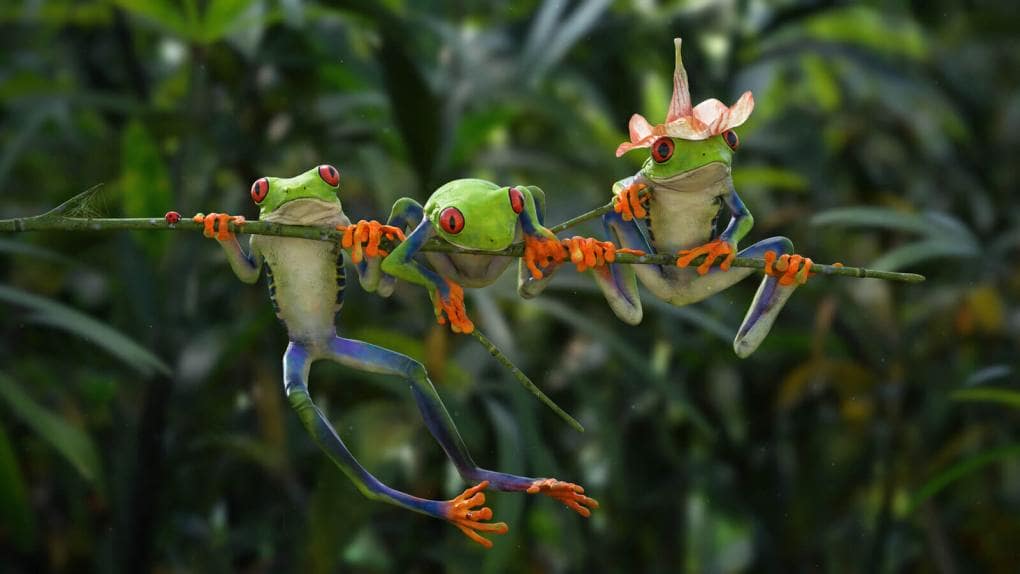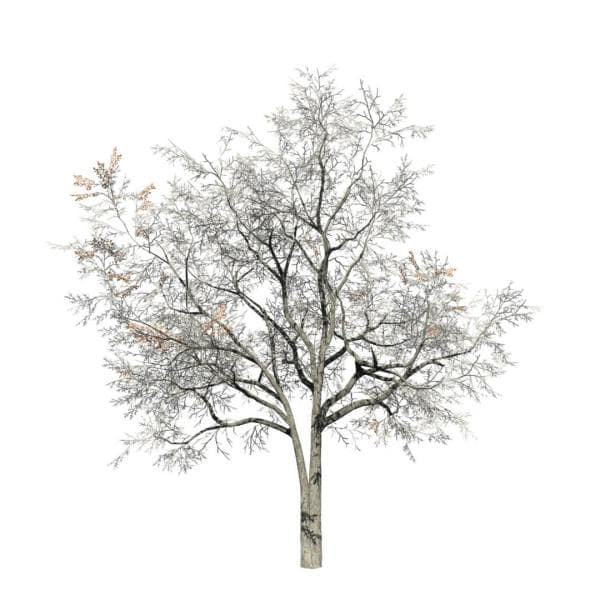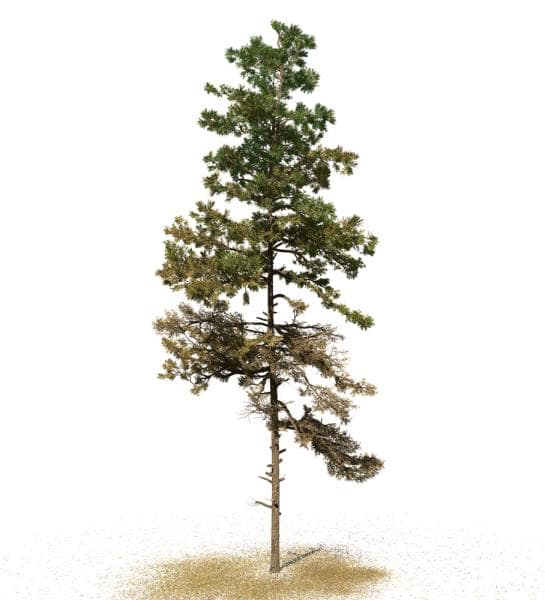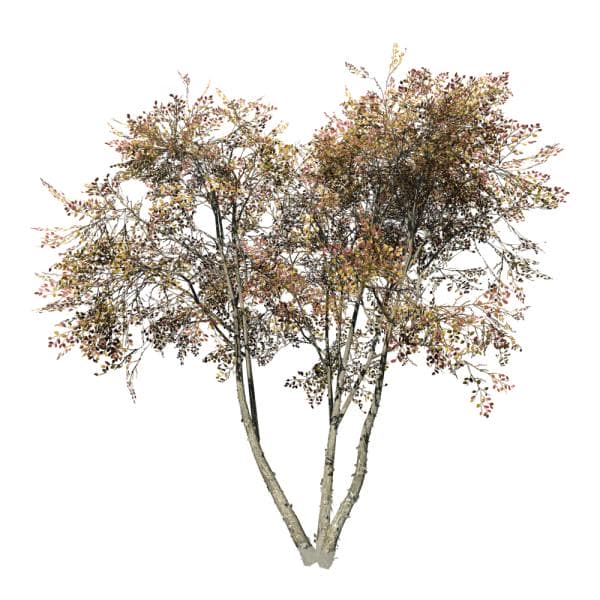The fine folks at RenderMan regularly hold art challenges where participants flex their 3D skills for software prizes and feedback from professionals at Pixar. As one of the challenge’s frequent sponsors, we noticed one name kept appearing in the winners and honorable mentions–so we reached out for an interview to learn more about the artist behind so many successful challenge entries.
Interview conducted by Katly Hong.
Let’s get this interview rolling
Jeremy Heintz’s “Rolling Teapot” Challenge entry (3rd Place), Nov 2017
JH: Hey there! My name is Jeremy Heintz and I’m a technical artist from Salt Lake City, Utah. I currently work as a Lightspeed (Lighting and Rendering) Technical Director at Pixar, and my previous experience includes software engineering at Intel/Micron and technical lighting work at DreamWorks Animation on the film Turbo. I have always carried a deep passion for 3D art and animation, and I’ve used the last several Pixar’s RenderMan Art Challenges to push my artwork further.
Jeremy Heintz’s “Timeless” Challenge entry (1st Place), Jan 2019
KH: What drew you to 3D work? How would you describe your path from the Pixar Undergraduate Program to a Senior Software Engineer?
JH: I was always very taken with the early Pixar films; I was growing up at the perfect time when 3D feature films were just starting to emerge. I was also very interested in video game art and environments, and from there it led me to take some mixed-media classes through high school, where I was eventually introduced to 3D. I pursued Computer Science as an undergraduate at the University of Utah and was fortunate enough to be accepted into the Pixar Undergraduate Program as an intern. The PUP program blew my mind and ignited a fire within me to break into the film industry. After my undergraduate, I went on to work at DreamWorks Animation in a technical lighting role on the film Turbo. I then switched my focus back to more of a core Software Engineering position at Intel/Micron, where I spent over seven years. Despite being outside the film industry, I never stopped pushing myself as a technical artist, and I’m very pleased to be back at Pixar as a Lightspeed Technical Director on Pixar’s summer 2021 release Luca.
Jeremy Heintz’s, “Rustic Cabin” Challenge Entry (Honorable Mention), May 2019
KH: What do you most enjoy about the RenderMan Challenges? What draws you back to them?
JH: It has been an incredible experience participating in the RenderMan challenges the past few years! Generally, I’m more technical than I am artistic, so I have always seen them as excellent platforms to learn and push myself artistically. They always pose unique concepts and challenges, and the sense of community really inspires me to be the best artist I can. Plus, as a bonus, the Pixar judges provide personalized feedback to the top finishers that I can take and learn from. Contrasting my work from a few years ago to now, I have grown tremendously. I still feel like there are many aspects of my art that need work, so I look forward to more opportunities to participate going forward.
KH: The first time we saw you use SpeedTree was in your 2018 project, “In the Pines”: what led you to test SpeedTree out, and how has it contributed to your workflow on projects involving vegetation?
JH: Many of my roots in CG stemmed from the short, “The Third and the Seventh,” by Alex Roman. Although the focus of the film is clearly architecture, the artist uses trees and vegetation to really immerse the audience in the world. I was drawn to this style of art, and it’s a clear inspiration for some of my early work, including the piece “In the Pines.”
“In the Pines,” by Jeremy Heintz
JH: I had explored several methods for creating trees early on, and I was initially taken with the vast toolset of SpeedTree, specifically the wind generator. It was always a struggle for me to generate realistic wind animations for my vegetation, and SpeedTree made it very simple and intuitive. The recent versions of SpeedTree have made wind generation even easier yet with more granular controls. Another huge breakthrough was the introduction of the leaf mesh generator in SpeedTree 8. This has allowed me to much more efficiently leverage scanned leaf textures and atlases without the overhead of hand modeling leaf variations.
When we received interview answers and portfolio images from Jeremy, he surprised us by including an animation made specifically for our interview and elaborated on his approach to incorporating vegetation into VFX renders.
JH: I thought it would be fitting to create a shot to demonstrate SpeedTree’s vast toolset and animation potential. All trees and wind animation are from SpeedTree. Falling leaves are from Maya particles. Rendered in RenderMan for Maya, and composited in Fusion.
For any project using heavy assets such as trees and plants, I heavily leverage an alembic workflow to keep my scenes lightweight. RenderMan allows for dynamic shader binding, which means I can author and assign materials to alembic caches without ever loading the geometry into the scene. The materials are assigned at render time when the caches are loaded.
I try to utilize leaf pruning and LOD leaf meshes to optimize mid and background tree and bush assets. A high resolution leaf mesh may be anywhere from 32-64 polys, and a low poly mesh will be 16 or less. I also disable displacement on leaf materials far from camera.
JH: For hero assets such as the trees in the piece “After The Storm,” utilize photogrammetry and scanned textures to make your assets shine. For example, SpeedTree allows you to import scanned tree trunks and generate branches and roots straight from them. You can stitch generated branches onto the scanned data to get visibly seamless and very high quality assets.
Make your leaf meshes as tight to the alpha of the leaf texture as possible. This helps by reducing opacity calculations during raytracing, especially considering a typically tree contains hundreds of leaves.
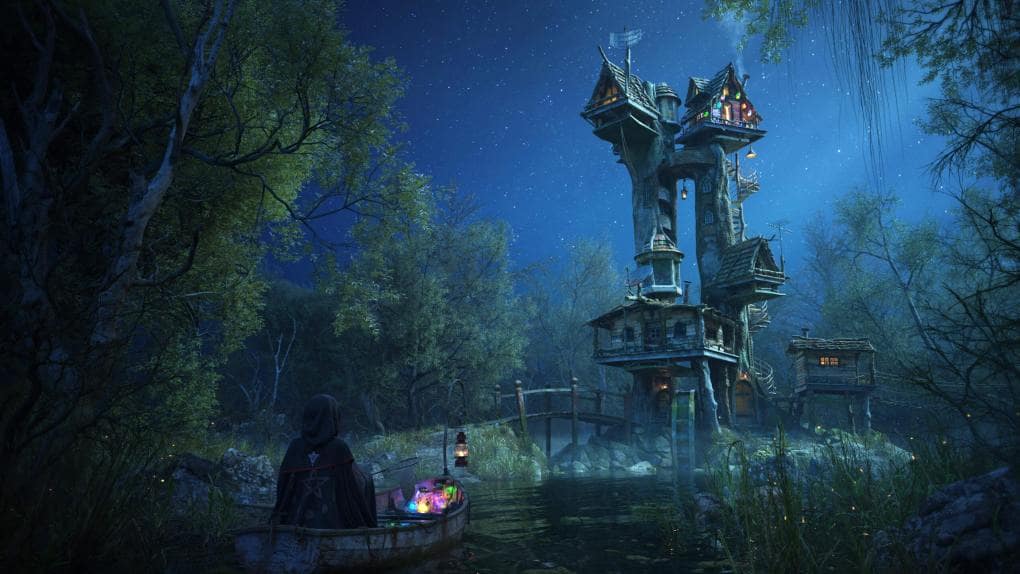
Jeremy Heintz’s “Woodville” challenge entry (2nd Place), Nov 2019
KH: With another job on your plate, do you still freelance regularly or are you more selective?
JH: For the last several years, I was willing to do whatever it took to get back to Pixar. This meant that freelance work really took a back seat while I dedicated much of my free time to my personal portfolio. I had initially used freelancing as a creative outlet while I was outside the industry, however, the RenderMan challenges quickly began to fulfill my creative passion.
Jeremy Heintz’s “Shipshape” Challenge Entry (Honorable Mention), June 2020
KH: With the different experiences you’ve accumulated, what advice would you impart to an artist just dipping their toes into 3D?
JH: The world of 3D is vast, which can be very intimidating for someone just starting in. Don’t get overwhelmed thinking about the big picture and instead focus on small personal goals. Stay inspired and don’t be afraid to ask questions. Don’t forget that every artist you look up to was just starting out at some point like you, too. I would also recommend sharing your work with friends, family, and the CG community early on. This is something I wish I did sooner in my career because you’d be surprised at how much you’ll learn and be inspired by the feedback of your peers.
Keep doing what you love and good things will fall into place! Don’t forget to give back to the community and to those who have helped you along the way. Thanks for spending a minute with me!
Follow Jeremy Heintz on Instagram: @jman.artist
and on ArtStation: https://jman.artstation.com/
Build up your 3D portfolio with trees inspired by Jeremy Heintz’s RenderMan Challenge entries!
London Plane
(Cinema | Games)
Nothing is more “Timeless” than the pollution hardy London plane adorning city streets and providing shade on illustrious estates.
Scots Pine
(Cinema | Games)
The jagged bark of the trees passing through Jeremy Heintz’s “Rustic Cabin” remind us of the trunks of our scots pines.
River Birch
(Games)
River birches would thrive in the waterside forest of Jeremy Heintz’s “Woodville” entry.
Coconut Palm
(Cinema | Games)
Everything’s “Shipshape” on an island with coconut palms providing both shade and an ingredient for a fancy tropical drink.


